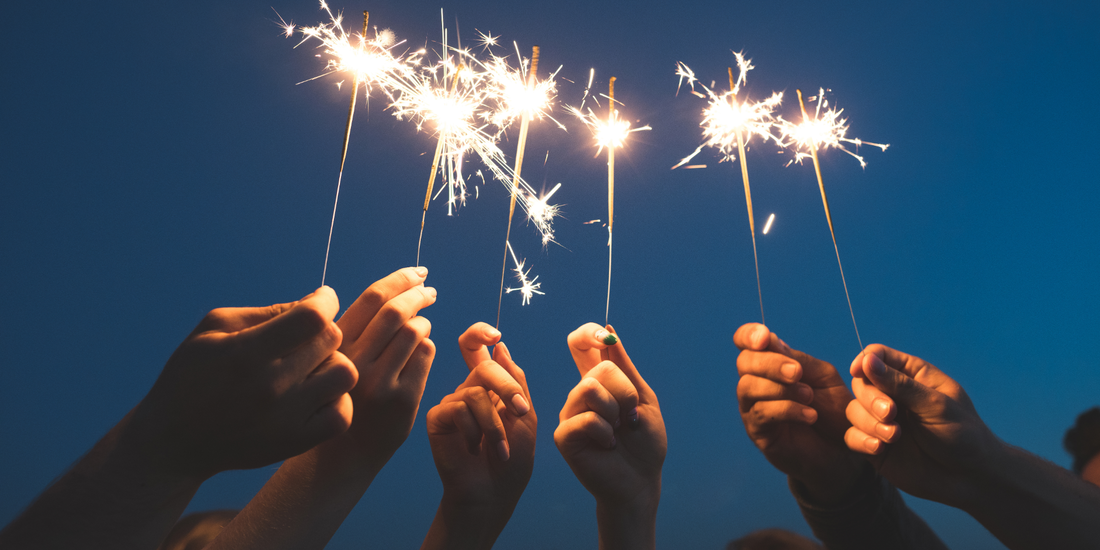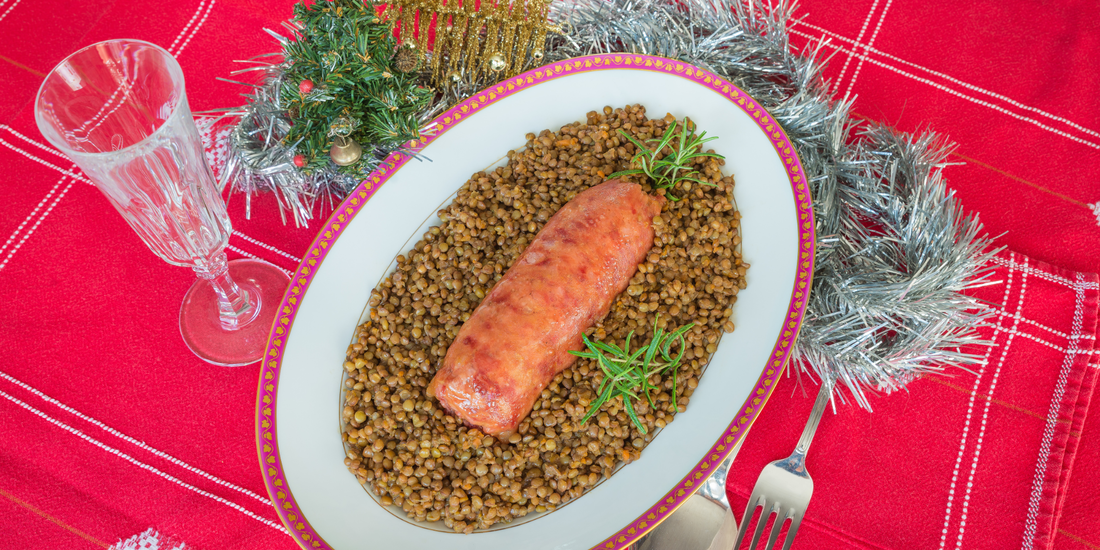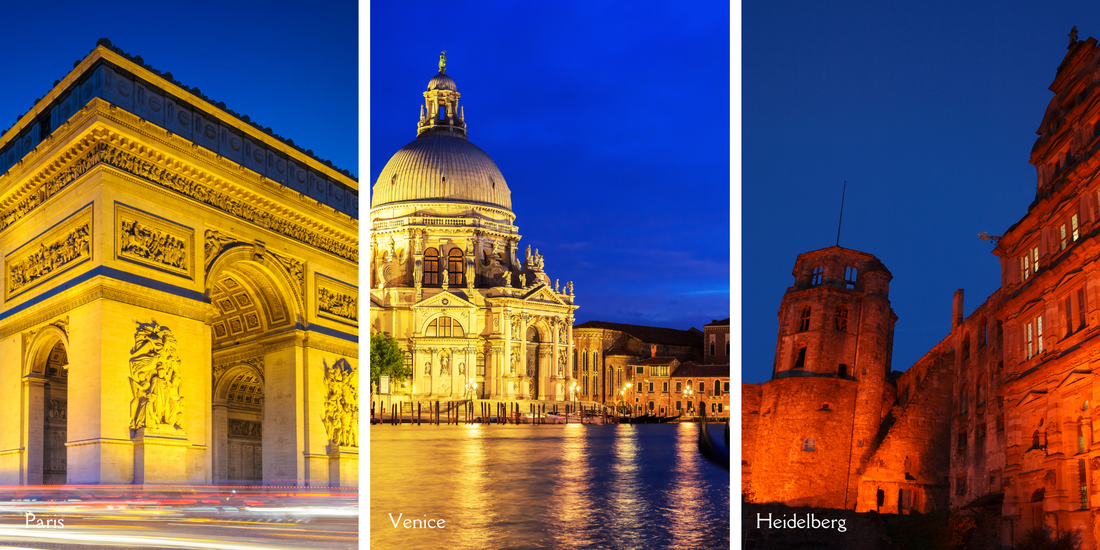|
Georgia sure knows how to ring in the new year with a blend of traditions, superstitions, and delicious food! For starters, many Georgians enjoy a feast on New Year's Eve with friends and family. A classic dish you might find is Hoppin' John, a flavorful black-eyed pea and rice dish that symbolizes good luck. Absolutely the best place to get that is Mary Mac’s Tea Room! If you are feeling brave, try the Pot Likker too. It was not my fave! For those who are single and hoping to mingle, there's a tradition called "putting a ring in the champagne." Legend has it that whoever finds the ring will be the next to tie the knot. It's a fun way to add a touch of romance to the celebrations. Married couples often exchange symbolic gifts to reaffirm their commitment. Some may exchange gold coins as a symbol of prosperity and good fortune for the coming year. Expectant parents celebrate in anticipation of the new addition to their family. They might gather with loved ones, sharing stories and hopes for the upcoming arrival. As the clock strikes midnight, fireworks light up the sky across Georgia. In Atlanta, the Peach Drop is a famous tradition where a massive peach descends to mark the new year. Superstitions play a big role in Georgia's New Year's celebrations. Some believe that sweeping the house on New Year's Day will sweep away any negativity, while others avoid doing laundry to prevent washing away good luck. And let's not forget about collard greens and cornbread! Many Georgians believe that eating greens on New Year's Day will bring prosperity, and cornbread symbolizes gold. It sounds like a vibrant and diverse celebration, blending Southern hospitality with a touch of superstition and a whole lot of deliciousness! In the United Kingdom, New Year's traditions are a delightful blend of history and modern revelry. Hogmanay in Scotland is renowned, featuring "First-Footing," where the first visitor brings symbolic gifts for luck. London's iconic fireworks display over the Thames is a global spectacle, captivating millions. The custom of "First-Footing" also extends to northern England. The Scots have a tradition of "Redding," cleaning their homes to start the year fresh. Auld Lang Syne, penned by Scottish poet Robert Burns, is sung with heartfelt camaraderie across the UK. Unique customs like "fireball swinging" in Stonehaven, Scotland, add a fiery touch to the festivities. In Greece, New Year's celebrations are steeped in tradition and superstition. Families often gather for a festive meal, featuring specialties like Vasilopita, a sweet bread with a hidden coin for good luck. At midnight, the custom of "smashing pomegranates" is observed, symbolizing prosperity and fertility. It's believed that the more seeds scattered, the more abundance the new year will bring. People also hang an onion on their doors, representing rebirth and growth. In some regions, children sing carols to welcome the new year and receive small gifts in return. Fireworks illuminate the night sky, marking the beginning of a hopeful year ahead. Italy's New Year's traditions are a delightful blend of culinary delights and symbolic customs. Families come together for a lavish feast featuring lentils, symbolizing wealth and good fortune. Pork, often in the form of cotechino or zampone, signifies the richness of life. As the clock strikes midnight, fireworks light up the sky over iconic landmarks like the Colosseum. Some regions practice the tradition of throwing old possessions out of windows to make room for the new. In southern Italy, lentil soup is a cherished dish, believed to bring prosperity. The night is also marked by lively street parties and festive gatherings, creating a warm and celebratory atmosphere. In France, New Year's traditions are a blend of elegance and conviviality. The festive celebration, known as "Réveillon," involves indulgent meals with foie gras, oysters, and champagne. The French enjoy a late-night feast that extends into the early hours. At midnight, a customary kiss under the mistletoe signifies love and affection. The French also practice the tradition of "étrennes," exchanging small gifts for good luck. Fireworks illuminate iconic landmarks like the Eiffel Tower, creating a picturesque scene. Many also attend glamorous balls or parties, showcasing France's penchant for sophistication and style in bidding adieu to the old and welcoming the new. In Germany, New Year's traditions are a delightful mix of festive customs and symbolic rituals. Silvesterabend, or New Year's Eve, is celebrated with spirited gatherings and elaborate fireworks displays. Dinner often includes pork, symbolizing good luck and prosperity for the coming year. Lead pouring, or Bleigießen, is a popular tradition where molten lead is dropped into cold water, and the resulting shapes are used for fortune-telling. Germans also enjoy watching a classic sketch called "Dinner for One" on television. As the clock strikes midnight, people exchange well-wishes, and the night sky is illuminated by colorful fireworks, marking the start of a hopeful new year. Elevate your European escapade with MackeyMouse Travel, your passport to a hassle-free and unforgettable journey. Wondering why a travel agent is your best ally? First and foremost, revel in the ease of a minimal initial deposit, making your dream European getaway financially manageable. With MackeyMouse Travel, we understand the importance of flexibility, offering you the convenience of regular payments leading up to your travel date. Our expert agents ensure a personalized touch, curating a seamless itinerary tailored to your preferences. Say goodbye to travel stress and hello to a European adventure filled with cultural delights and breathtaking landscapes. Let MackeyMouse Travel pave the way to your dream vacation—because every moment in Europe should be extraordinary! Email me today [email protected] Telephone or text me today 770-490-5974 Visit my website for more information at www.mackeymousetravel.com
0 Comments
Leave a Reply. |
Archives
January 2024
Categories
All
|




 RSS Feed
RSS Feed
